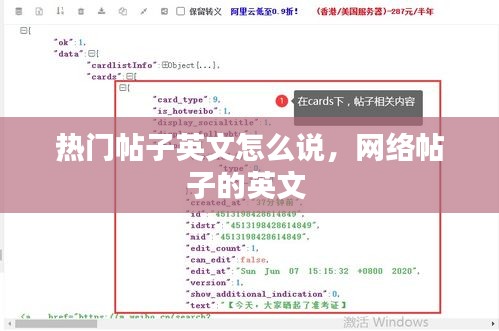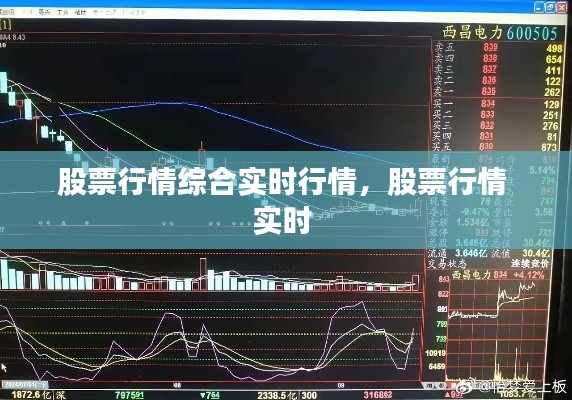Understanding the Concept of "Hot Posts" in English
In the realm of online content, the term "hot posts" refers to the most popular or trending content on a particular platform. These posts often receive a high volume of engagement, including likes, shares, comments, and views. Understanding how to express this concept in English is crucial for anyone involved in online content creation, social media management, or digital marketing.
Phrases for Describing Hot Posts
When discussing hot posts in English, there are several phrases and terms that can be used to convey the idea effectively:
"Trending Topics": This phrase is commonly used to describe content that is currently popular and receiving a lot of attention.
"Viral Posts": Similar to "trending topics," viral posts are those that have spread rapidly across the internet, often due to their engaging or controversial nature.
"Top Posts": This term is often used on social media platforms to indicate the most popular content within a specific community or time frame.
"Most Viewed Content": This phrase is used to highlight the content that has been viewed the most on a platform, which can be a good indicator of its popularity.
"Popular Articles": In the context of blogs or news websites, "popular articles" refer to the content that has garnered the most interest and engagement from readers.
Constructing Sentences About Hot Posts
When writing about hot posts in English, it's important to construct clear and engaging sentences. Here are some examples:
"The latest hot post on our platform is about the new smartphone release, which has already garnered over 10,000 likes and 500 comments."
"Our trending topics section features a variety of viral posts that have been shared thousands of times across different social media platforms."
"The most viewed content on our website this week is the article about the latest fashion trends, which has received over 50,000 views."
"Our top posts section showcases the most popular content from our community, including the hilarious video that went viral last week."
Using Adjectives to Describe Hot Posts
Adjectives can add depth and specificity to your descriptions of hot posts. Here are some adjectives that can be used:
"Explosive": Describes content that has gained massive attention quickly.
"Controversial": Used for content that has sparked debate or disagreement.
"Engaging": Describes content that captures the interest of the audience.
"Compelling": Used for content that is irresistible and makes the audience want to engage further.
"Innovative": Describes content that introduces new ideas or approaches.
Examples of Hot Posts in Different Contexts
Hot posts can appear in various contexts, such as social media, blogs, news websites, and forums. Here are some examples:
Social Media: A photo of a celebrity that has gone viral, a video that has been shared millions of times, or a post that has sparked a trending hashtag.
Blogs: An article that has received thousands of comments and shares, often due to its informative or thought-provoking content.
News Websites: A breaking news story that has been widely shared and discussed, or an opinion piece that has sparked a national debate.
Forums: A thread that has attracted a lot of attention and engagement, often due to its relevance or the quality of the discussion.
Conclusion
Understanding how to describe hot posts in English is essential for anyone involved in online content creation and engagement. By using the right phrases, adjectives, and examples, you can effectively communicate the popularity and impact of trending
转载请注明来自互诺实验设备(衡水)有限公司,本文标题:《热门帖子英文怎么说,网络帖子的英文 》













 冀ICP备2024085275号-1
冀ICP备2024085275号-1